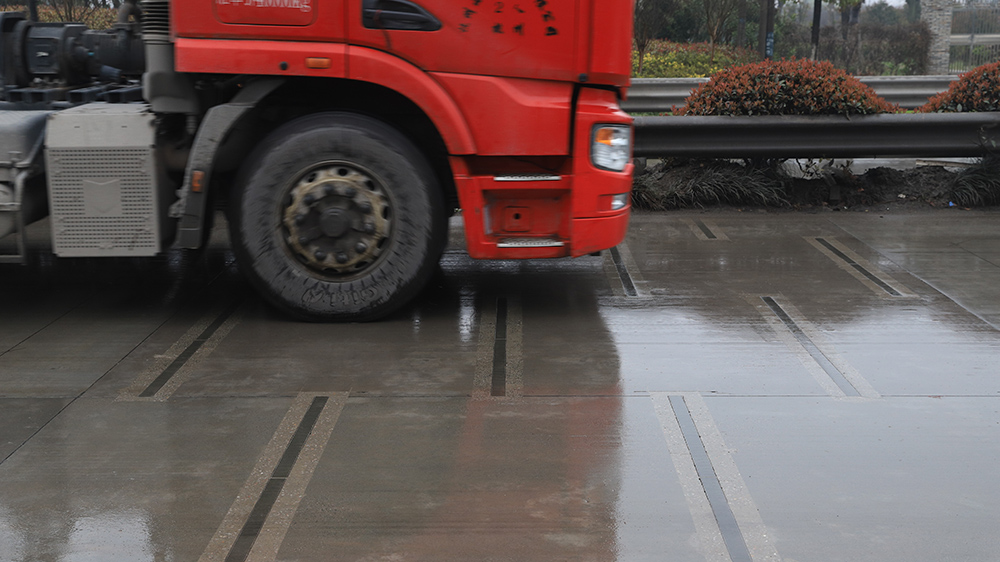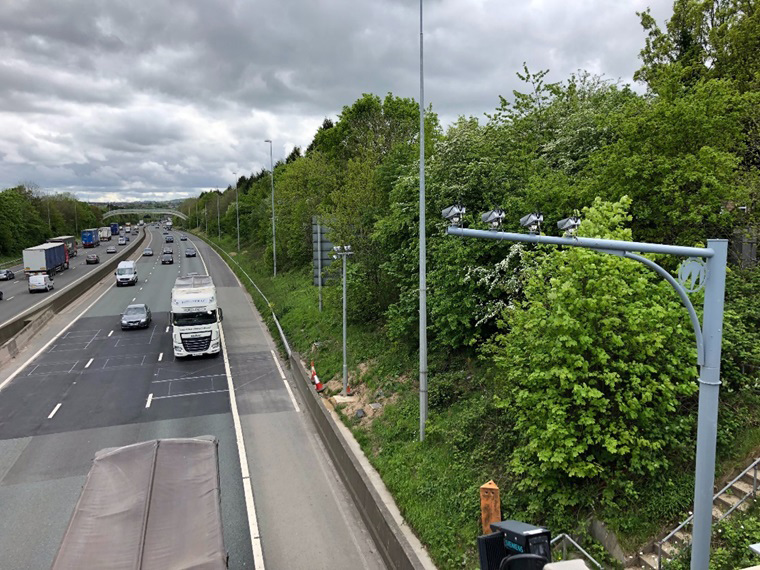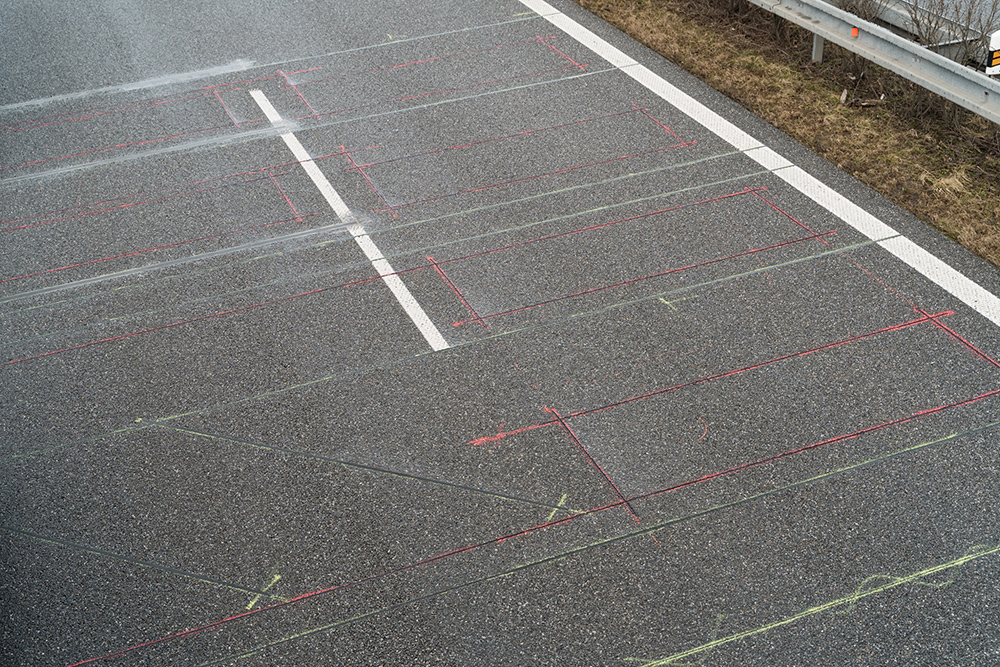
Quality assurance is an important factor in every part of the ITS world; and nowhere more so than when it comes to Weigh in Motion (WiM). ITS International asked some leading WiM operators to offer some thoughts on exactly how to ensure that you are going in the right direction on quality.
We put three questions to them:
- What are WiM operators doing to ensure that the data they collect is accurate?
- What elements of measured data should be used in quality checks?
- What advice would you give on best practice in WiM data quality assurance?
“One comment I have right off the top is there is a difference between data accuracy and data integrity with regards to ‘quality’,” says Jon Arnold, transportation market manager of Intercomp, which manufactures WiM scales and sensors. “Accuracy is associated with performance, whereas integrity might be how the data is packaged with other equipment, such as cameras, and then accessed or transmitted to the end user. Data integrity is very important for any system, but especially so for WiM systems used in legal applications.”
That being the case, how is accuracy ensured? “By using certified WiM sensors, operators can integrate scales or sensors that pass independent performance testing,” points out Arnold. “Accuracy of a WiM site begins at proper site selection and installation, followed by a calibration to demonstrate the system is within desired accuracy tolerances. Periodic checks of the system with vehicles of known weights allows operators to verify the WIM site is still within tolerances, and they can adjust or service the site as necessary.”
Accurate information
“A full guarantee of the quality of a WiM system and its data can only be given after an extensive evaluation of the performance of the WiM system, the traffic and environmental conditions over a long period of time,” says Q-Free WiM business development manager Andrew Lees. Ideally that would be a year – although he admits: “This is, in most cases, too time consuming and too complicated.”
However, it is in the interest of all vendors and users to ensure the installed equipment provides data that meets the users’ specifications. “Whilst it would be ideal to leave the equipment alone and believe all the data coming from the roadside is accurate, this is just not the case,” Lees warns.

“All users and vendors alike, should ensure that the data is monitored on a weekly basis to not only ensure the equipment is working in the road correctly (damaged sensors etc.) but also providing consistent levels of data. This can be done by a number of simple methods to ensure the weights are not rising or falling unexpectedly.”
It is very important to regularly check and maintain the road condition around the sensors - to the sensor manufacturer’s recommendations - to maintain continuous weighing accuracy, according to Cross Zlín. Václav Blahník, the firm’s product manager of telematics, adds: “It is also necessary to perform regular calibration and verification of scales.”
VanJee suggests there are four major methods to ensure data collection is accurate. Chief scientist Wang Ping says that in the first instance a VanJee datalogger would detect whether a WiM system - including the connections of sensors, system and data uploading – is working normally and display the operating status. “Operators would do a weighing test, loading a standard, known weight onto the WiM system, then we check whether the measured weight is different to the known weight,” Wang adds. “Operators would use a vehicle with a known weight to do a simulation test, then we check whether the measured weight has difference with the known weight.” Finally, operators would analyse the historical data output of the WiM system to confirm its variance and issues.
What data do you use?
So if quality in WiM is defined as accuracy, reliability and stability, what data should be put under the microscope? “At minimum, gross vehicle weight, but in an ideal situation the data that is being requested from the WiM site,” says Arnold.
Lees adds: “Ideally, variables such as volumes of vehicle classes, front axle weights of articulated (semi-trailer) trucks, vehicle lengths and inter-axle gaps - all of these checks identify the stability of the equipment.” Lees wrote a paper on the subject with Hans van Loo, presented at the ITS World Congress 2015 and the International Society of Weigh in Motion (ICWIM) meeting in 2016.
Quality checks should be based firstly on regularly verified data inside the WiM station, says Blahník: “Particularly, it is necessary to focus on checking the waveform (shape of the raw signal), time sequence of signals and the relative similarity of the responses of individual sensors (sensor response equality).”

VanJee points to two elements of measured data that should be used: weighing tests and the pressure signals of the bar sensor. In the first instance, a weight which is already known is loaded onto the WiM system. “Then we confirm the difference between the actual output of the WiM system and theoretical output,” explains Wang. “For example, we load a weight of 1 tonne on a bar sensor and we observe whether the output is 1 tonne.”
The company would record the pressure signal of the bar sensor when each vehicle passes it, looking for correlations for the pressure signals of different sensors in one WIM system. “In the simple test, the correlation is not obvious due to the measurement error,” Wang says. “On the other hand, in long-run statistics, there is an obvious correlation. For example, the wheel should have the same pressure toward different three-bar sensor row, otherwise we can judge data quality has problem.”
Best practice
Finally, when it comes to best practice in terms of WiM data quality assurance, what do the experts think? Before an installation, pay increased attention to the WiM location selection, strictly adhering to the European accuracy specifications described by the Cost 323 management committee, cautions Cross Zlín’s Václav Blahník. “During operation, perform continuous monitoring of the measured data and evaluate any anomalies. They can be indicative of a system fault or even damage to the sensor(s).”
VanJee offers two major pieces of advice for anyone to assure WiM data quality: check the state of the road surface itself and be prepared to carry out robust data analysis. “Road flatness is crucial for WiM measurement,” says Wang. “We should care about road flatness not only in the installation stage but also in the entire operation period. Operators should regularly inspect the road surface.” The collection, analysis and mining of WiM data over the long term is also vital. “We would always do comparative analysis between actual value and theoretical,” concludes Wang. “As a result, we can detect any malfunction of the WiM system at an early stage.”

Over at Q-Free, Andrew Lees takes a practical approach to the question: contact ISWIM (www.is-wim.net). “They provide an excellent guide for users of WiM, downloadable free of charge from their website,” he suggests. “They are also and currently in the process of producing a series of best-practice guides on various aspects of WiM and these will be published in due course. Membership is free to individuals and they can sign up on the website.”
Meanwhile, Intercomp’s Jon Arnold refers back to his initial comments about ‘quality’ regarding accuracy versus integrity, and adds: “I envision technology such as connected vehicle/V2X data being used to verify a system is operating within desired tolerances on an ongoing basis. This would provide performance checks almost continuously between the ‘formal’ calibration procedures performed by the WiM site operators.”
And the last word goes to Lees, who observes: “All systems will degrade over time which is why they should be checked and calibrated at the very least on an annual basis. No WiM system is perfect.”





